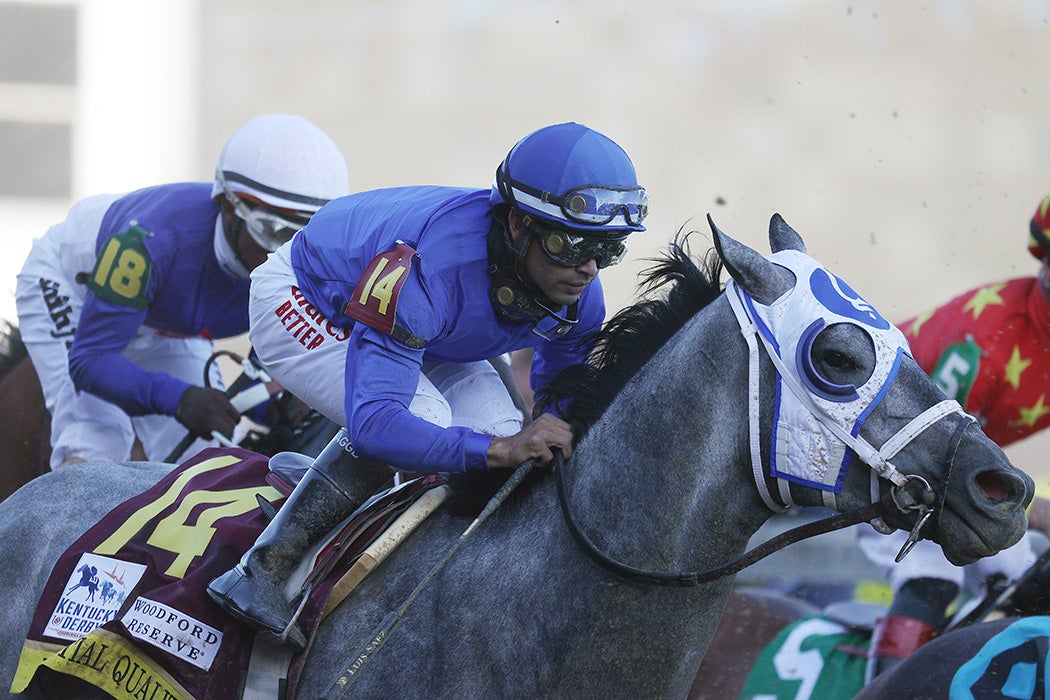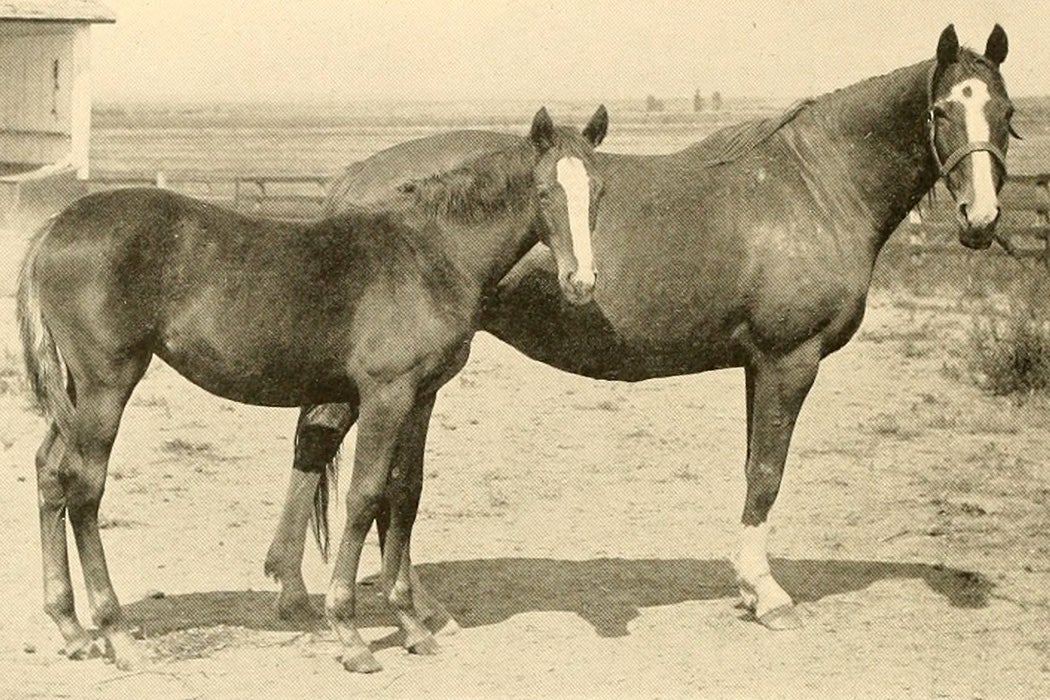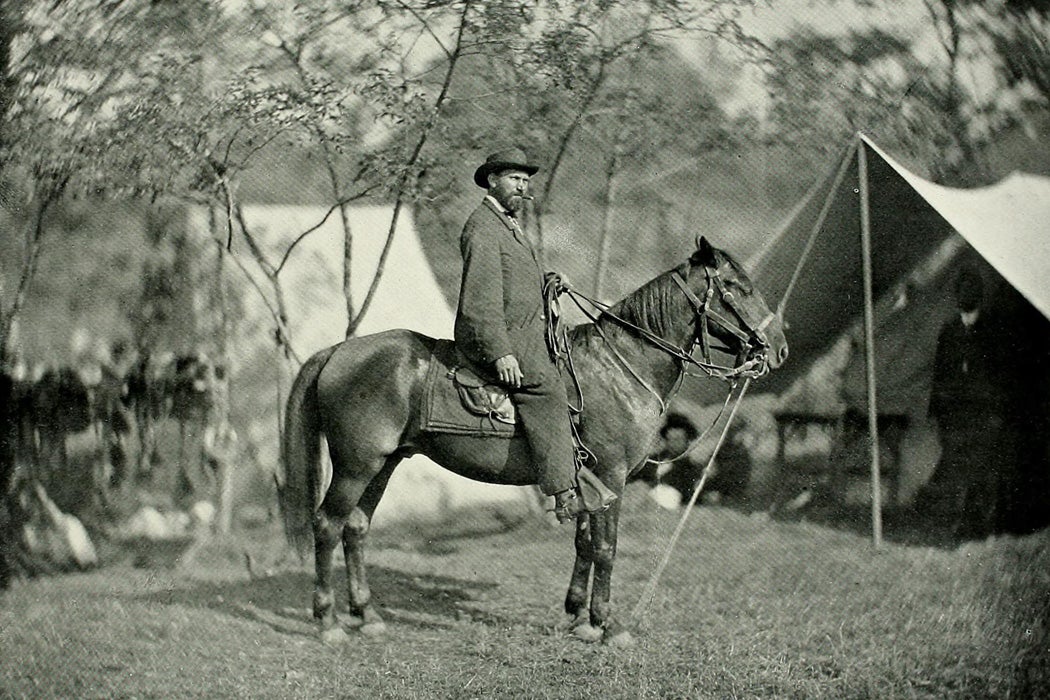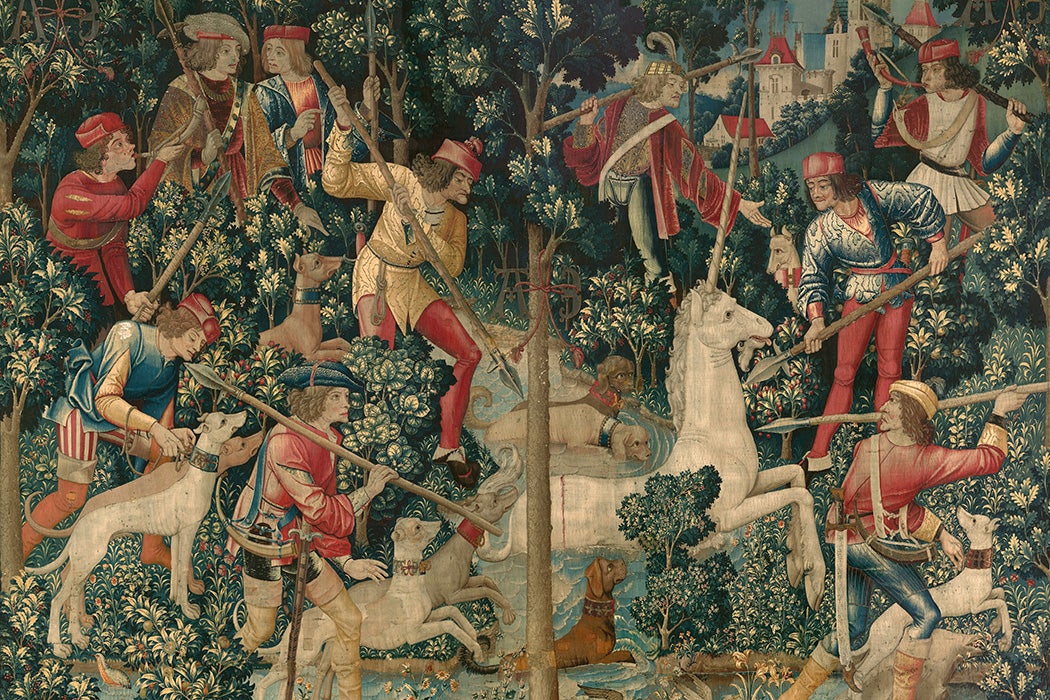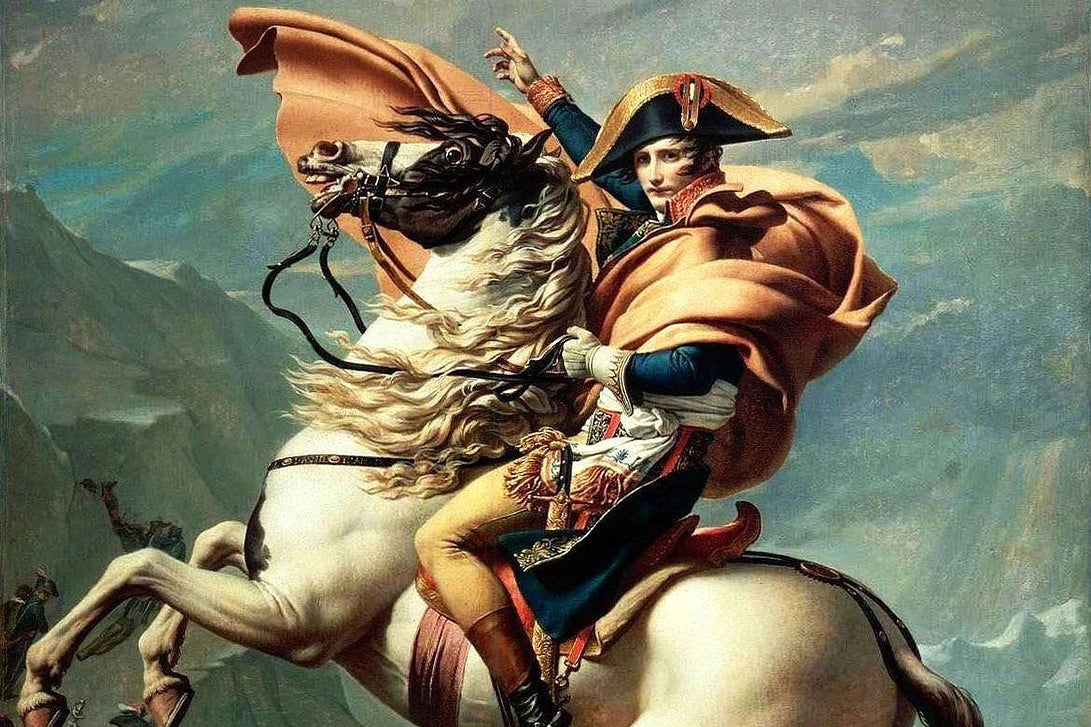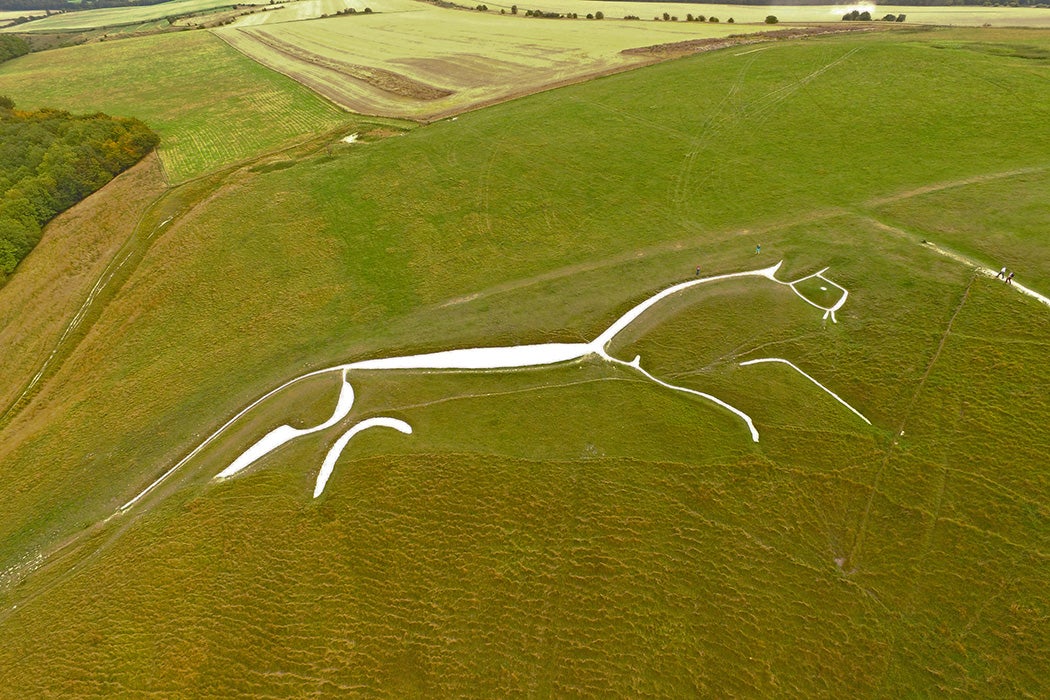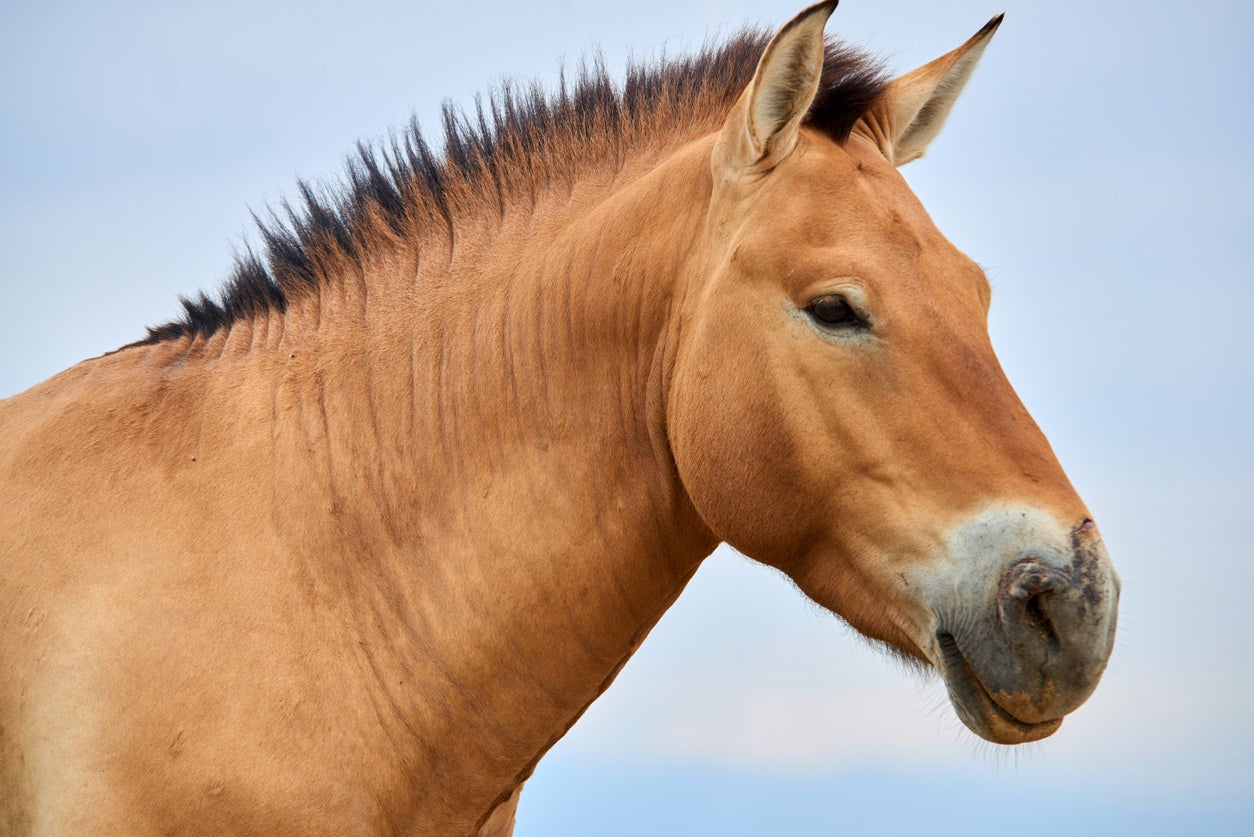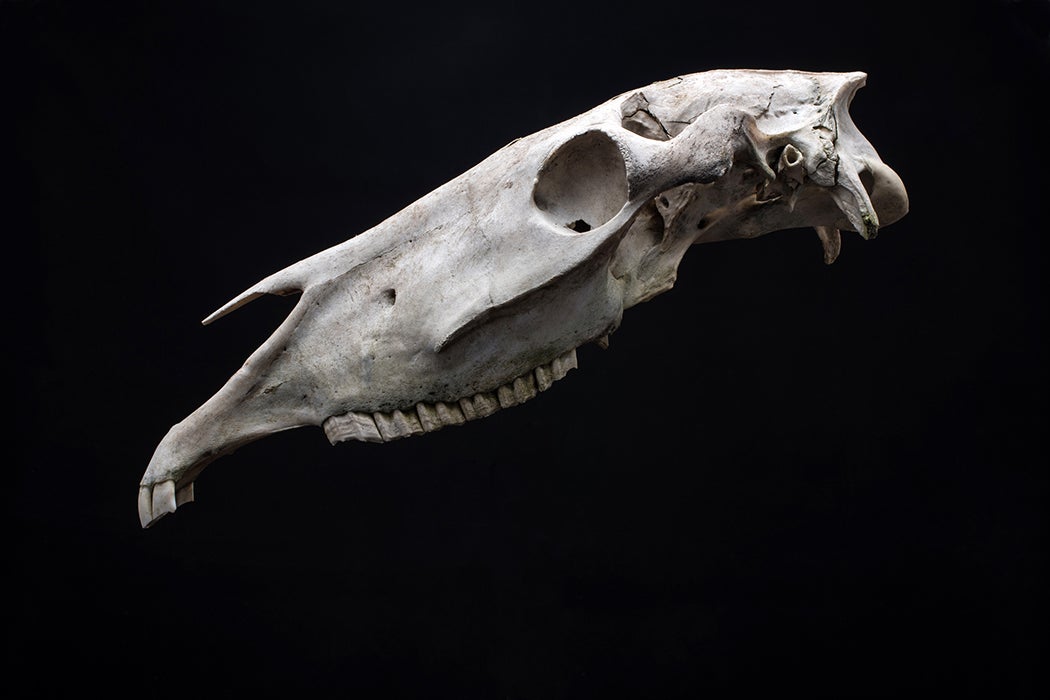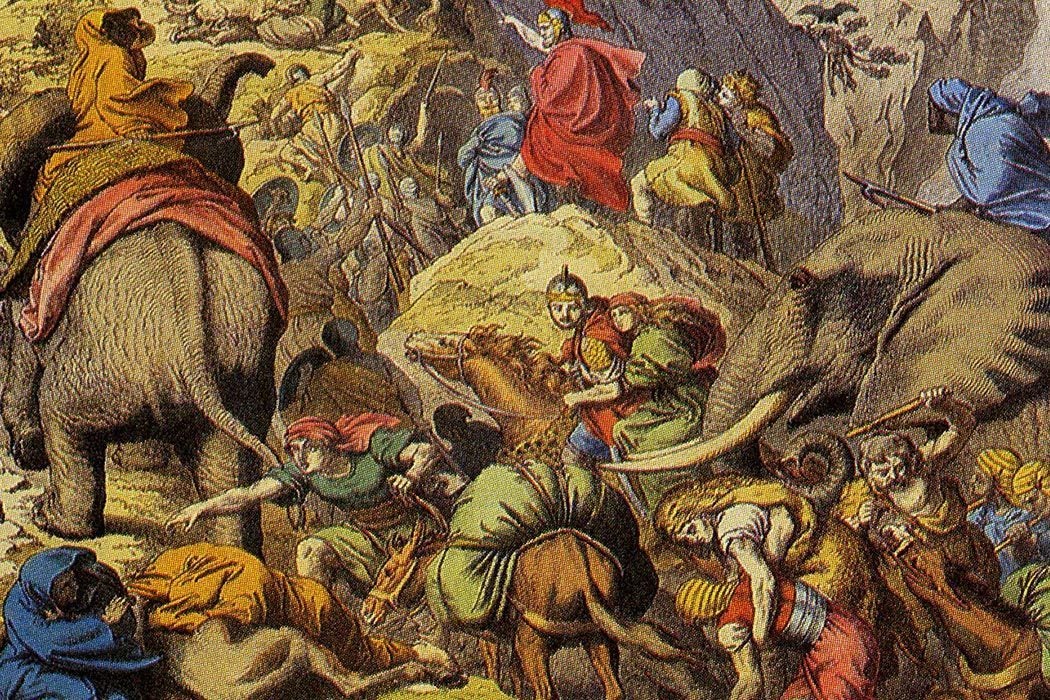As we head into the weekend of the 154th Belmont Stakes, horses are on our minds and in our hearts. The major media focus may be on the racetrack, but as the stories we’ve published show, the equine has filled many a role in cultures around the world and throughout history—as a companion, a co-worker, and an inspiration.
Horses at Work and Play
Betting on the Longshot
May 7, 2022
Researchers consistently observe that longshot horses are overvalued by bettors at the racetrack. Why are they willing to risk it all?
Fast Horses and Eugenics
May 4, 2022
The breeding of race horses validated those aspiring to belong to an American elite while feeding into racist beliefs about genetic inheritance.
Racing to Respectability
May 20, 2022
The bankers and entrepreneurs of Montana Territory turned to the race track to bolster their reputations.
The Myth of the Noble Racehorse
February 10, 2020
Despite all the whips and spurs involved, nineteenth-century Americans believed racehorses loved a little manly competition.
A Horse’s-Eye View of the Civil War
April 12, 2019
Horses and mules played a major role in the American Civil War. In the end, there were about twice as many dead equines as humans.
Why We Still Use “Horsepower”
March 6, 2018
Horses were omnipresent in the West until only a few generations ago, but then they were replaced by machines and disappeared from our streets as well as our consciousness.
Horses in Art
Why Are Cities Filled with Metal Men on Horseback?
September 16, 2019
The original inspiration for the now-ubiquitous equestrian statue, a classical bronze of Emperor Marcus Aurelius, was almost melted down and lost forever.
The Hunt of the Unicorn Tapestries Depict a “Virgin-Capture Legend”
June 9, 2021
They’re big in elementary school, but unicorn tableaux also have a complex iconographic history that combines religious and secular myths.
The Unicorns of JSTOR
June 9, 2021
These rare creatures have by turn—and somewhat paradoxically—been associated with purity, fertility, seduction, healing, sacrifice, immortality, and divinity.
Napoleon Bonaparte’s Personal #Brand
July 19, 2019
Napoleon didn't like sitting for portraits, and yet artists and mass market prints helped cement his legendary status.
Horses, Yesterday and Today
Mustangs: Celebrated Western Icon or Ecological Disaster?
November 4, 2016
Mustangs, as the wild horses of the American West are known, represent something different for everyone.
Whence the White Horse of Uffington?
September 23, 2021
A white horse of chalk both defines and defies a common understanding of what English heritage is, and is not.
Restoring the Prehistoric Horse
December 12, 2017
It’s the National Day of the Horse! Do You Know Where the Real Wild Horses Live?
The Horse Skulls Hidden in the Dance Floors of Ireland
July 30, 2018
Old houses in Ireland often have horse skulls buried beneath the floors, but folklorists and archaeologists disagree on exactly why.
Tracing General Hannibal’s Path Across The Alps. In Poop.
April 21, 2016
A new study traces Hannibal's path across the Alps by examining preserved horse poop.
Got a hot tip about an awesome horse we all need to know about? Email us here.



